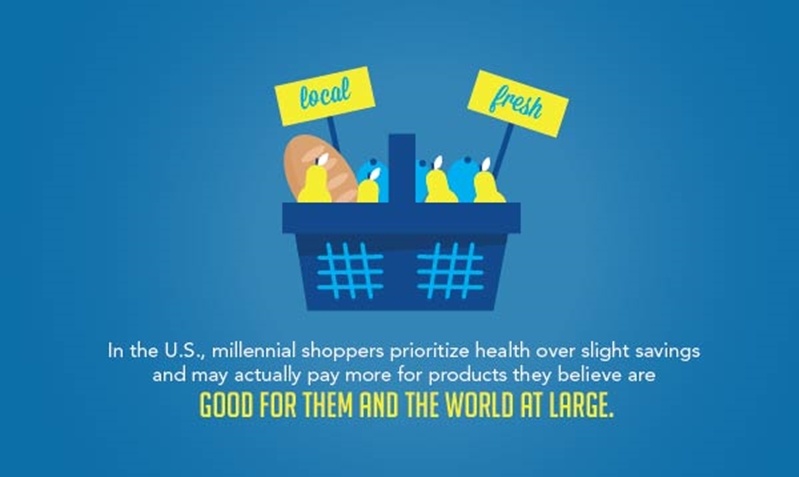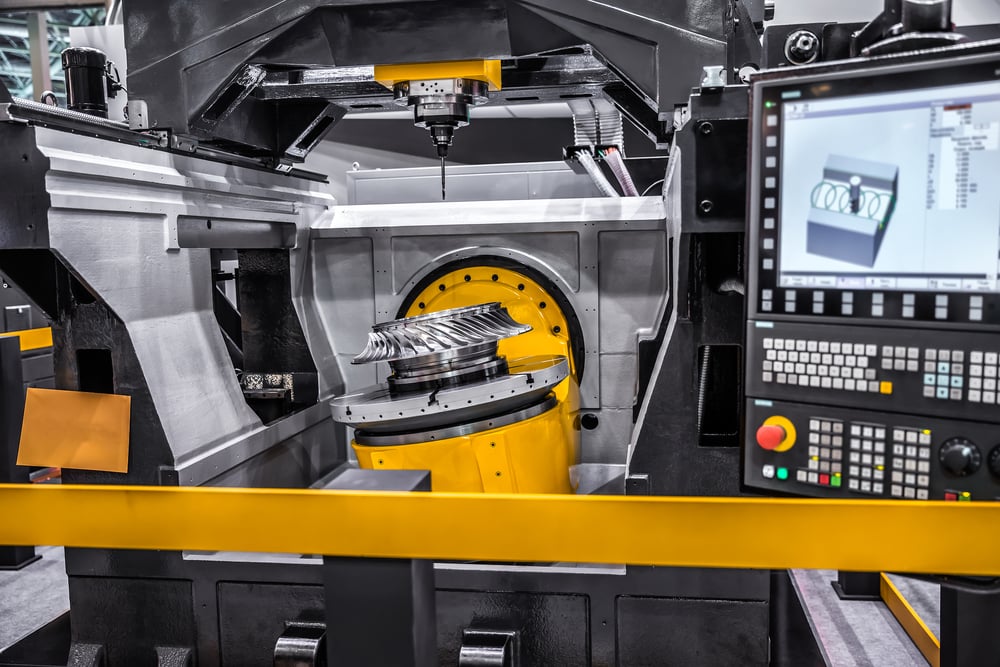Moderns consumers want to know their food is safe and fresh. The Institute of Food Technologists said healthy merchandise and traceability will be very popular food industry trends for 2016. Customers will research where ingredients come from and favor companies forthcoming with their information.
What's interesting is The Center for Food Integrity's recent research shows that consumers put the responsibility of meeting health and social standards on the company's with their names on the products, as opposed to farmers or grocery stores. This requires major brands and small companies to prioritize supply chain visibility - especially when goods have to move greater distances.
Why the focus on traceability
There are a variety of factors influencing current public opinions. Food Safety News detailed how recent news stories about food recalls are easy to share online and cause consumers increased concern for safety. If businesses don't supply information about the safety of their products, then shoppers could turn to less credible sources for details - particularly social media.
 Nearshoring shortens the supply chain for product visibility.
Nearshoring shortens the supply chain for product visibility.The abundance of food products in certain markets means consumers can afford to be choosy. In the U.S., millennial shoppers prioritize health over slight savings and may actually pay more for products they believe are good for them and the world at large. The Center for Food Integrity report said consumers want information about the animal treatment, ecological impact and labor conditions that went into the food they eat.
The availability of supply chain monitoring technology eliminates excuses. Businesses have access to mobile data collection solutions and other communication platforms for rapid exchanges about product quality. Customers raised in the information age won't believe companies that say they couldn't detect problematic data or investigate internal systems.
The rise of Mexican agriculture
Along with a variety of other industries, Mexican agricultural has seen a boom in recent years. The Yucatan Times reported the industry is poised to become the country's largest export, outpacing oil. There are many reasons food grown and manufactured in Mexico find new markets, but the U.S. is still the primary consumer.
One reason U.S. companies might move food manufacturing facilities to Mexico is proximity. It's easier to monitor operations when travel and cultural obstacles don't get in the way of constant check ins and other communications. Shortening the supply chain is a common tactic for retaining control and increasing visibility while cutting costs.
Mexico has numerous farmers producing food through low tech and other natural means. Fresh Plaza detailed how a Mexican produce company increased its operations 400 percent between 2007 and 2016. The organization grows peppers using traditional greenhouses and shading techniques and exports 85 percent of its merchandise to the U.S.
"Shortening the supply chain is a common tactic for retaining control."
Some consumers may have a bias against Mexican agriculture, but real-time data collected from sights and consistent supervision from company leaders ensure products meet standards. Prioritizing visibility allows companies to profit from nearshoring to Mexico without suffering from offshoring obstacles.
Following ingredients around the globe
Another reason manufacturers move down to Mexico is because of the country's excellent trade agreements. Global Trade explained how Mondelēz International - the company that makes Oreo cookies - moved production to Mexico to save money on imported sugar. The business's previous factory had to pay high tariffs, but the Mexican manufacturing facility will cut costs while keeping production close enough to easily monitor.
Food manufacturers need information on every ingredient that goes into their product. Organizations must also monitor every step of production from picking fresh fruits to processing to final delivery. As federal regulators and consumers demand more visibility, businesses can deliver data by creating effective partnerships with every link in their supply chain.
Subscribe
Sign up and stay informed with tips, updates, and best practices for manufacturing in Mexico.





